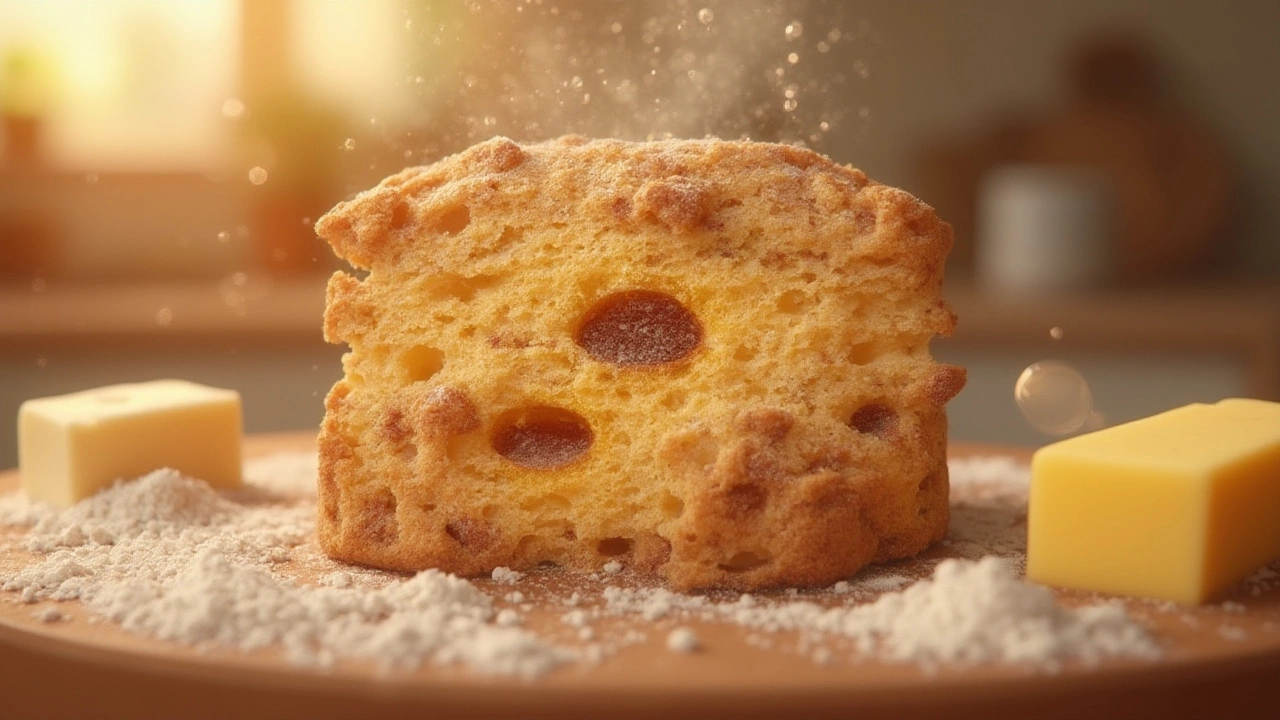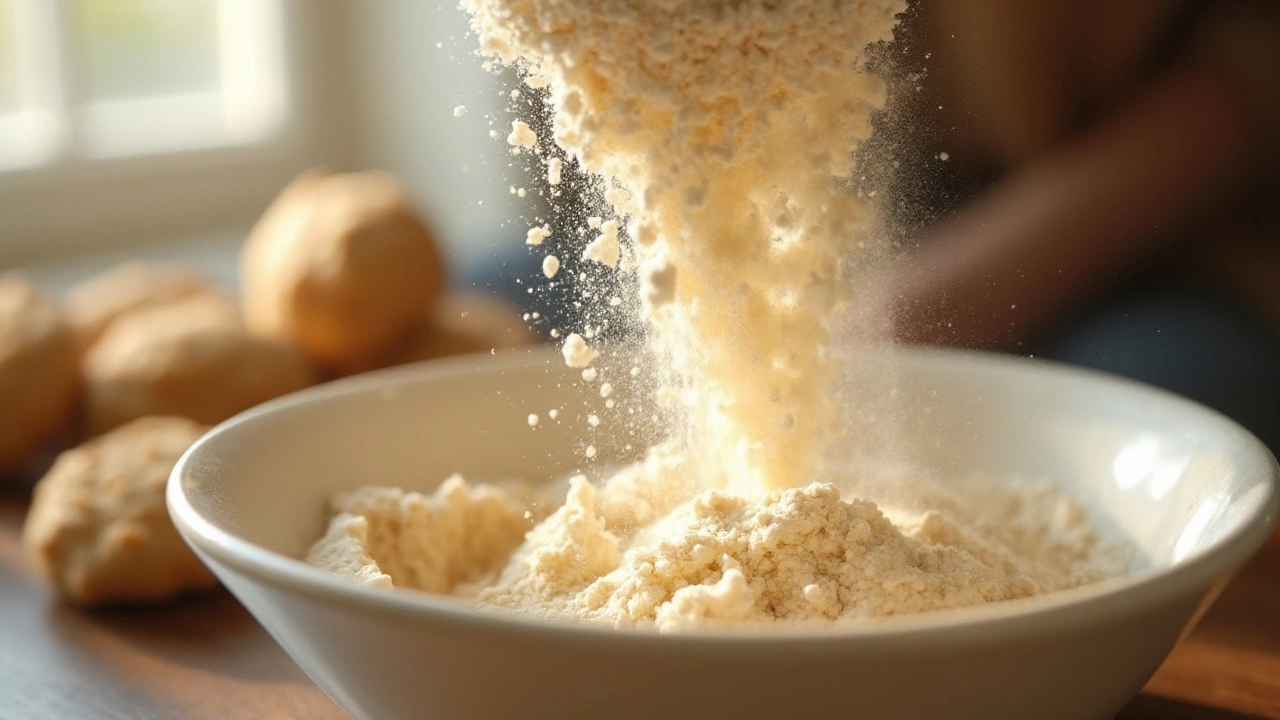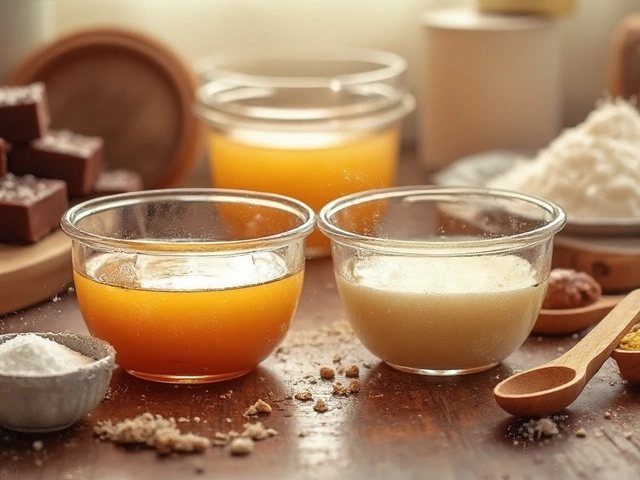Fluffy Cookies: How to Make Them Soft and Airy
Ever bite into a cookie that’s more like a cloud than a crunch? That’s the fluffy cookie we’re after. The good news? You don’t need fancy gear or exotic ingredients – just a few smart tweaks to your usual recipe. Below are the practical steps that turn ordinary dough into a pillow‑soft treat.
Key Ingredients for Light Cookies
First up, the pantry. Swap out some of the butter for a bit of oil or melted butter; the extra liquid creates steam while baking, which lifts the cookie. Use a mix of white and brown sugar – white sugar helps spread, while brown sugar adds moisture and a bit of chew. If you can, add a spoonful of cornstarch or even a pinch of baking powder; both act as tiny leaveners that give the cookie a rise without making it cakey.
Don’t overlook the flour. Too much protein (think whole‑wheat) can make the cookie dense. Stick with all‑purpose flour for the right balance, and if you want extra fluff, replace about a quarter of it with cake flour. The lower protein content makes the dough softer.
Mixing and Baking Tricks
The way you mix matters more than you think. Cream the butter and sugars just until they’re pale and fluffy – that’s where tiny air bubbles get trapped. Then, add the eggs one at a time, mixing on low speed. Over‑mixing after the flour goes in can develop gluten, which toughens the cookie, so stop as soon as the flour disappears.
Chill the dough for at least 30 minutes. A cooler dough spreads less, letting the interior stay thick and airy. When you’re ready to bake, keep the oven at a moderate 350°F (175°C). Too hot and the edges will set before the center has a chance to puff up.
Use parchment paper or silicone mats – they prevent a hard crust on the bottom, keeping the whole cookie soft. For an extra lift, sprinkle a tiny pinch of baking soda on the dough right before scooping; the quick reaction creates tiny pockets of steam.
Don’t over‑bake. Pull the cookies out when the edges are just set and the centers look slightly undercooked. They’ll finish cooking on the tray and stay tender. Let them cool on the sheet for a minute, then transfer to a wire rack; this stops the bottom from becoming soggy.
Want flavor without weight? Add a splash of vanilla extract, a dash of almond extract, or even a spoonful of cocoa powder. These give depth without adding extra moisture that could weigh the cookie down.
Finally, experiment with add‑ins. Tiny chocolate chips, shredded coconut, or chopped nuts work, but keep them small – big pieces can make the cookie heavy. A handful of powdered sugar folded in at the end adds sweetness and a delicate texture.
With these tweaks, your next batch will feel like biting into a freshly‑baked pillow. Grab your mixing bowl, follow the steps, and enjoy the soft, fluffy results. Happy baking!

Why Cookies Rise: The Science Behind Puffy, Chewy Goodness
Explore what makes cookies rise, from leavening agents to oven tricks. Learn how ingredients and science work together for irresistible, puffy treats.
View More
Top Tips for Baking Fluffy Homemade Cookies
Creating fluffy cookies requires understanding the science of baking and making slight adjustments in your recipe. From selecting the right ingredients to employing the right techniques, there's much to consider. This article provides you with simple tips to ensure your cookies rise perfectly, resulting in a soft, fluffy texture. Learn about the role of leavening agents, proper mixing practices, and the importance of butter temperature to elevate your cookie-making skills.
View More




